Apricots are among the world’s most delightful summer fruits — small, golden-orange, and brimming with sweet, mildly tart flavor. Rich in vitamins, minerals, and antioxidants, apricots have become a popular ingredient in kitchens and markets worldwide. But have you ever paused to ask: Where does the world get most of its apricots?
In this in-depth article, we’ll explore the top apricot-producing countries, examine how global apricot supply chains work, and reveal why one country holds the crown as the world’s apricot capital.
The Ancient Roots of Apricots
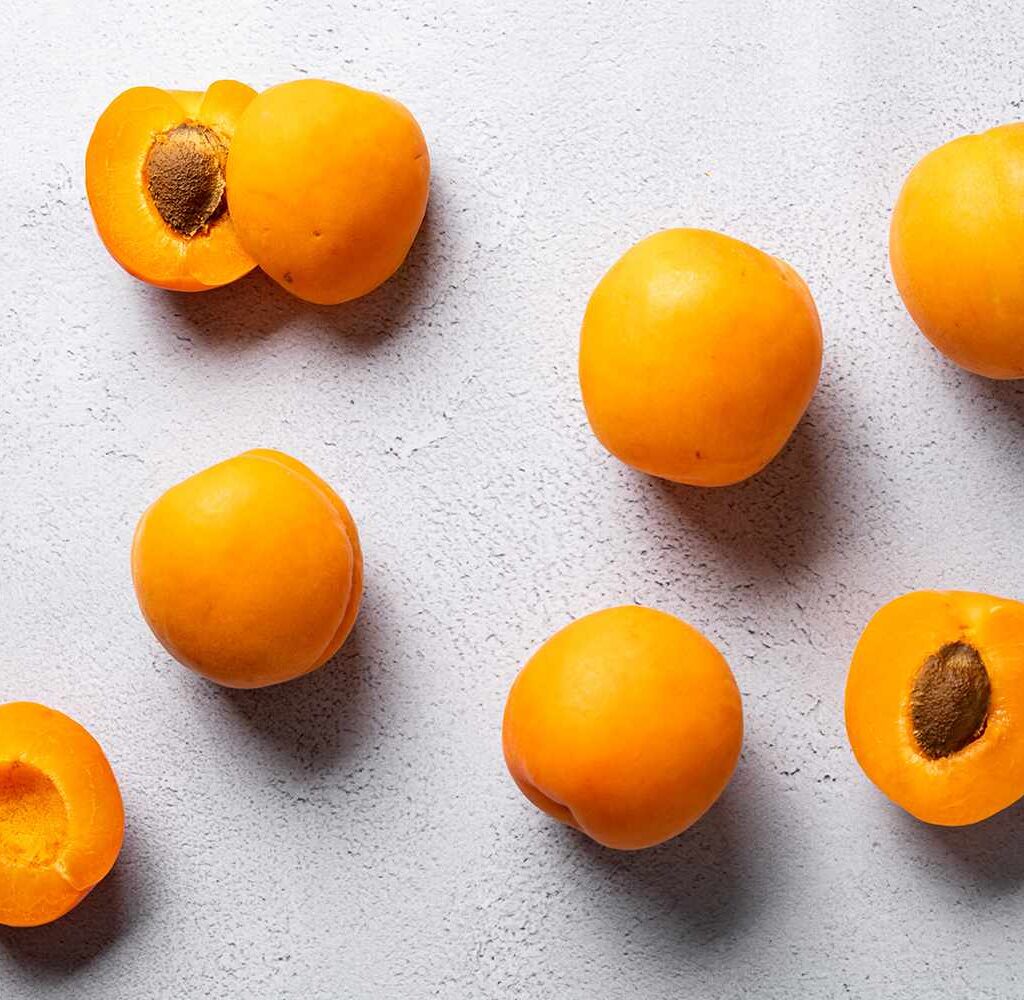
Before diving into modern apricot production, it’s fascinating to remember that apricots have been cultivated for over 4,000 years. Believed to have originated in Central Asia or China, apricots made their way westward along ancient trade routes like the Silk Road, reaching Persia, the Mediterranean, and eventually Europe and the Americas.
Today, the world’s apricot supply comes primarily from regions with temperate and Mediterranean climates — areas where hot, dry summers and cold winters create ideal conditions for this fruit’s growth.
Global Apricot Production at a Glance
According to the Food and Agriculture Organization (FAO), global apricot production surpasses 4 million metric tons annually. While more than 50 countries cultivate apricots, a handful of nations consistently dominate global production and exports.
These apricots are enjoyed fresh, dried, or processed into jams, juices, and confectioneries — with dried apricots being especially popular in global trade.
Where Does the World Get Most of Its Apricots?
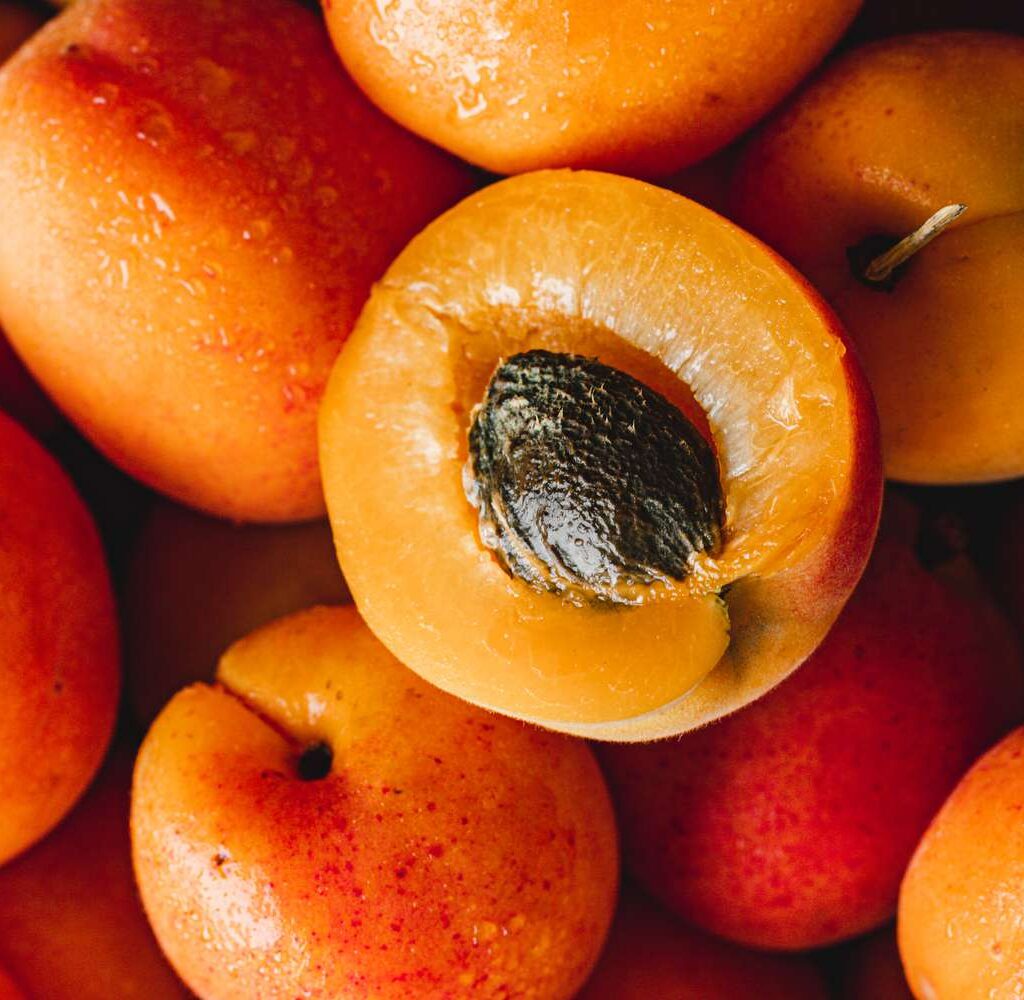
The short answer is: Turkey.
Turkey is the world’s leading apricot producer and exporter, with a well-established reputation for producing some of the highest-quality fresh and dried apricots, especially those grown in the Malatya region — known as the apricot capital of the world.
Why Turkey Leads in Apricot Production
Turkey’s dominance in apricot production is no coincidence. Several factors contribute to the country’s top spot in the global apricot market:
Ideal Climate:
The country’s continental and Mediterranean climates — with hot, sunny summers and cold winters — are perfect for apricot trees, which require a cold dormancy period followed by warm, dry weather for ripening.
Fertile Growing Regions:
Turkey’s apricot orchards thrive in regions like:
- Malatya (80% of Turkey’s apricot output)
- Elazığ
- Erzincan
- Iğdır
Malatya alone accounts for a substantial portion of both Turkey’s and the world’s apricot supply.
Rich Tradition and Expertise:
Turkey has a centuries-old apricot farming culture, with generations of farmers mastering the art of cultivating, drying, and exporting apricots.
Strong Export Market:
Turkey is the world’s largest exporter of dried apricots, commanding more than 70% of the global dried apricot trade. These are shipped globally to:
- Europe
- United States
- Russia
- Middle East
- East Asia
Top Apricot Producing Countries

While Turkey reigns supreme, several other countries play vital roles in supplying apricots to the world.
1. Uzbekistan
Annual Production: Over 500,000 metric tons
Uzbekistan’s apricot orchards, particularly in Samarkand, Fergana Valley, and Bukhara, produce apricots that are valued for their natural sweetness and excellent drying properties. A significant portion of Uzbekistan’s apricots are exported as dried fruit to nearby Central Asian, Russian, and Middle Eastern markets.
2. Iran
Annual Production: Around 350,000 metric tons
Apricots hold cultural and culinary importance in Iran, where they are consumed fresh, sun-dried, or used in stews, jams, and desserts. The major growing areas include East Azerbaijan, West Azerbaijan, and Khorasan provinces.
3. Algeria
Annual Production: Around 200,000 metric tons
Algeria is North Africa’s largest apricot producer. The country’s orchards spread across fertile plains in Mitidja and Kabylie. Apricots here are mostly consumed domestically, though some dried varieties are exported regionally.
4. Italy
Annual Production: Approximately 190,000 metric tons
In Europe, Italy is a key apricot producer, with major orchards located in Emilia-Romagna, Campania, and Sicily. Italian apricots are favored for fresh consumption, pastries, jams, and desserts. Italy also exports apricots to European neighbors like Germany and France.
How Global Apricot Supply Chains Work
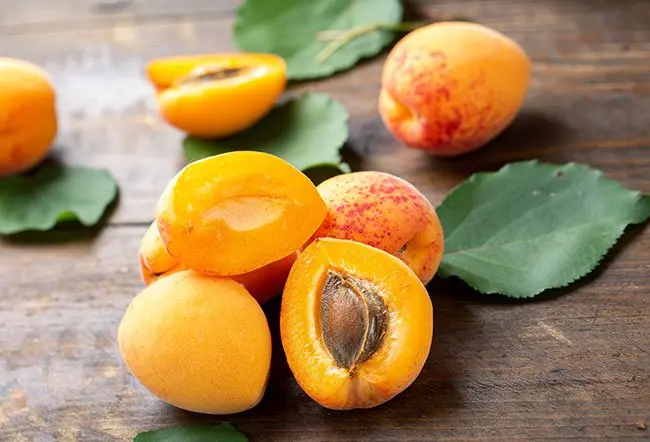
Global apricot trade depends heavily on seasonal harvests and preservation methods. Since fresh apricots have a short shelf life of just a few weeks, much of the international trade focuses on:
- Dried apricots
- Canned apricots
- Apricot preserves and jams
Turkey, Uzbekistan, and Iran dominate the dried apricot market, supplying their products to supermarkets, health food stores, and culinary businesses worldwide.
Seasonal Availability:
- April–August: Northern Hemisphere harvest (Turkey, Iran, Uzbekistan, Algeria, Italy)
- November–February: Southern Hemisphere harvest (Australia, South Africa, Chile, Argentina)
This ensures year-round apricot availability in global markets.
Why Certain Countries Excel in Apricot Production
Several crucial factors allow countries like Turkey, Uzbekistan, and Iran to lead in apricot production:
Climate:
Apricots thrive in regions with cold winters and warm, dry summers. These conditions improve flowering, pollination, and fruit quality while reducing disease risks.
Fertile Soil:
The alluvial plains and mountain valleys in Turkey’s Malatya, Uzbekistan’s Samarkand, and Iran’s East Azerbaijan provide the ideal nutrient-rich soil for apricot trees.
Drying Traditions:
Top producers have perfected natural sun-drying and modern dehydration techniques, preserving the fruit’s flavor, color, and nutrients for global export.
Trade Infrastructure:
Countries like Turkey have established modern processing plants, storage facilities, and efficient export logistics, enabling them to meet rising global demand.
Global Apricot Production Snapshot
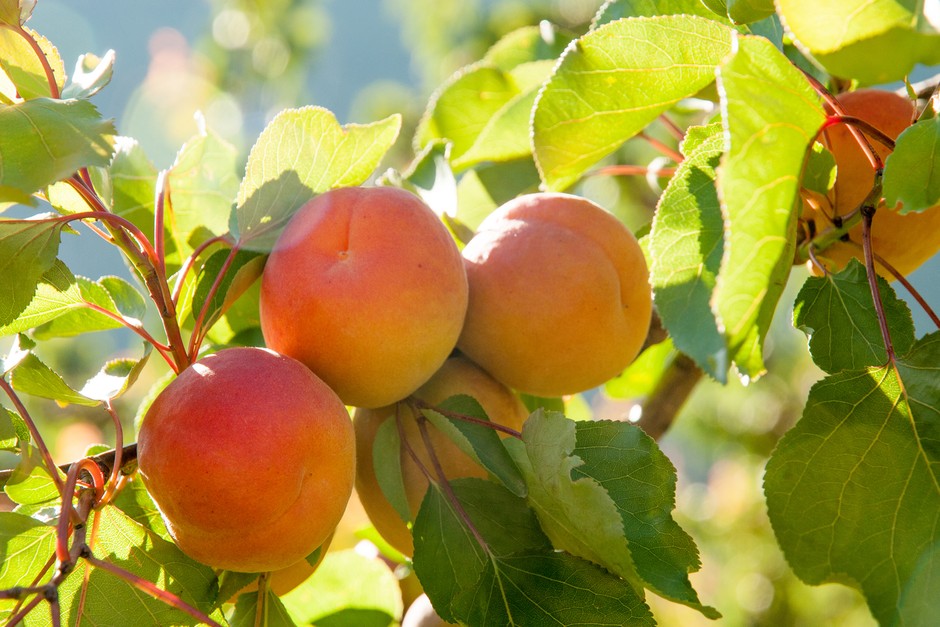
| Rank | Country | Annual Production (Metric Tons) | Market Share |
|---|---|---|---|
| 1 | Turkey | 800,000+ | ~22% |
| 2 | Uzbekistan | 500,000+ | ~14% |
| 3 | Iran | 350,000 | ~9% |
| 4 | Algeria | 200,000 | ~6% |
| 5 | Italy | 190,000 | ~5% |
Apricots in Culinary Traditions
Apricots play a major role in cuisines worldwide:
- Turkey: Fresh apricots, dried Malatya apricots, and apricot desserts like kayısı tatlısı
- Iran: Apricot stews (Khoresh-e-Gheysi) and dried apricots for festive dishes
- Italy: Fresh apricot tarts, jams, and liqueurs
- Central Asia: Dried apricots and apricot kernel snacks
- Morocco: Apricots in tagines and couscous
The Future of Apricot Production
As global demand for healthy, antioxidant-rich, and naturally sweet fruits increases, the apricot industry is poised for growth. Countries like Turkey, Uzbekistan, and Iran continue expanding orchard areas and modernizing drying facilities to meet international demand.
There’s also rising interest in organic apricot farming and value-added apricot products like apricot oils, jams, and nutritional snacks.
Final Thoughts
So, where does the world get most of its apricots?
The answer is clear: Turkey.
With its perfect climate, fertile lands, age-old apricot-growing traditions, and globally renowned Malatya apricots, Turkey has solidified its place as the top source of apricots for the world. While countries like Uzbekistan, Iran, and Italy make important contributions, Turkey’s commanding production and export dominance keep it at the heart of the global apricot supply chain.

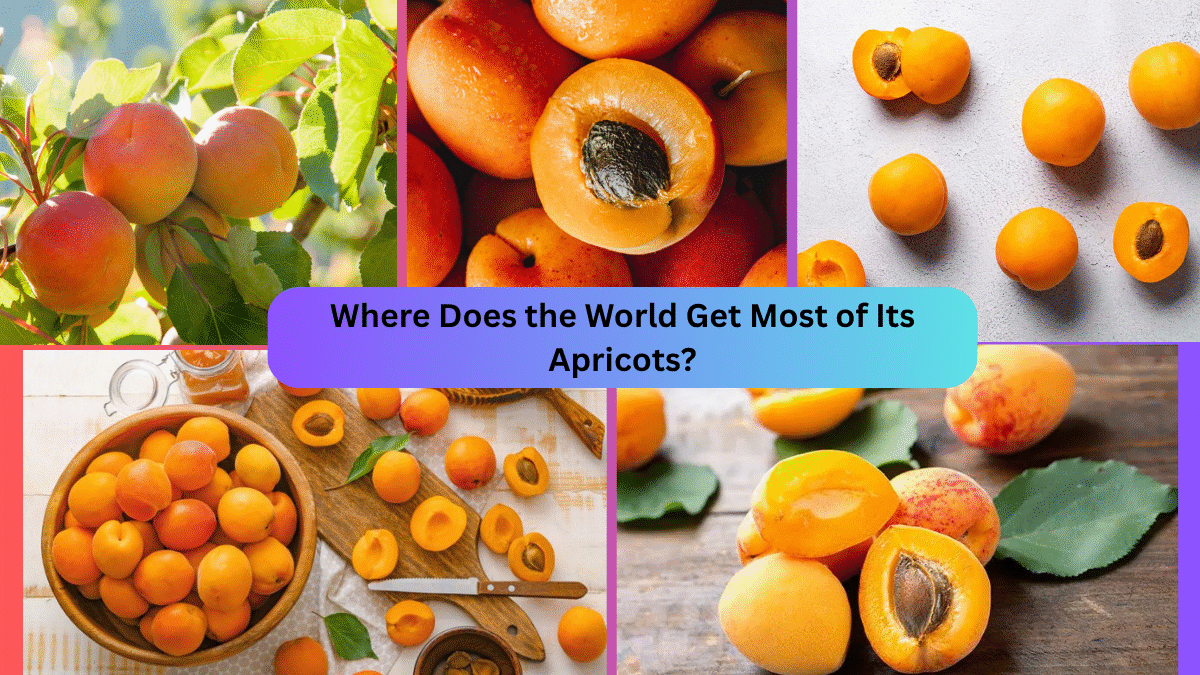

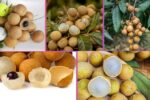


Leave A Comment